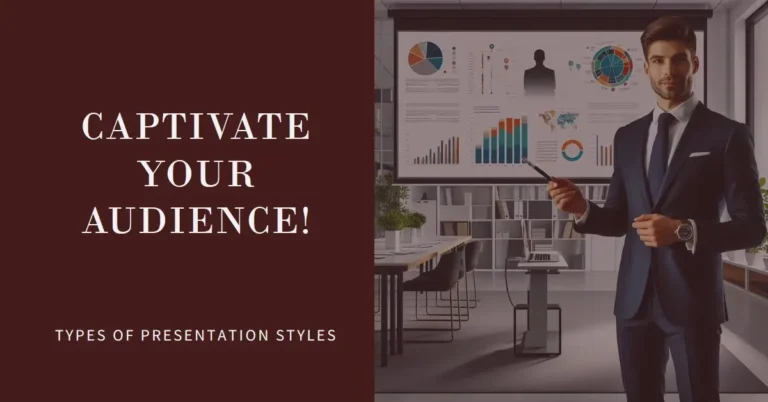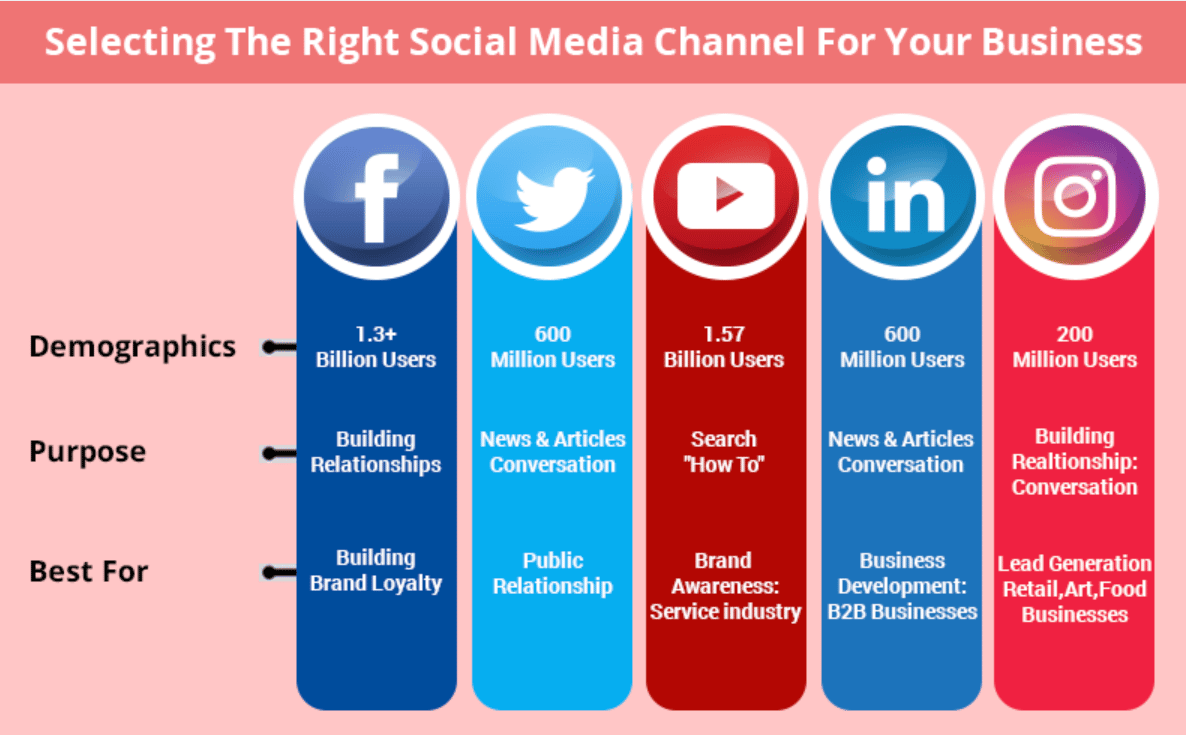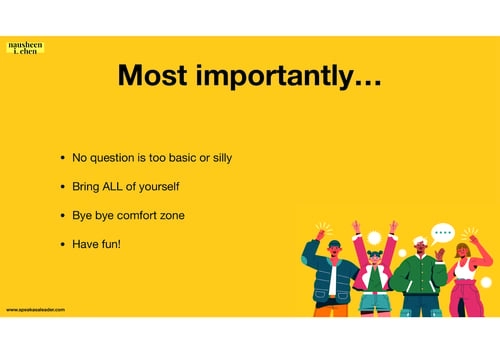Presentations are key to sharing ideas. Different styles suit different occasions. Learn about various presentation styles. In this post we will know about types of presentation styles.

1. The Storytelling Style
People love stories. The storytelling style engages the audience. It makes the presentation memorable.
- Begin with a hook
- Use personal anecdotes
- Follow a clear structure
- End with a powerful conclusion
This style works well for emotional topics. It helps in connecting with the audience.
2. The Visual Style
Visual aids enhance understanding. The visual style relies on images and graphics.
- Use high-quality images
- Incorporate infographics
- Keep text minimal
- Ensure visual consistency
This style is perfect for complex data. It makes information easier to digest.
3. The Freeform Style
The freeform style is flexible. It allows for spontaneous interaction. This style suits experienced speakers.
- Prepare a rough outline
- Engage with the audience
- Adjust based on feedback
- Stay adaptable
This style is great for Q&A sessions. It fosters a conversational atmosphere.
4. The Formal Style
Formal presentations are structured. They follow a strict format. This style is common in business settings.
- Use professional language
- Stick to a clear agenda
- Include detailed data
- Maintain a formal tone
This style is ideal for corporate meetings. It conveys professionalism and authority.
5. The PechaKucha Style
PechaKucha is a timed presentation style. It involves 20 slides shown for 20 seconds each.
- Prepare concise content
- Practice timing
- Use impactful visuals
- Keep it engaging
This style is dynamic and fast-paced. It keeps the audience attentive.
6. The Interactive Style
The interactive style involves audience participation. It makes the presentation lively.
- Ask questions
- Encourage discussions
- Use polls and surveys
- Include interactive activities
This style is perfect for workshops. It encourages active learning.
7. The Demonstrative Style
The demonstrative style shows how to do something. It often involves a step-by-step guide.
- Prepare materials
- Practice demonstrations
- Use clear instructions
- Engage the audience
This style is ideal for tutorials. It helps in understanding practical tasks.
8. The Analytical Style
The analytical style focuses on data and analysis. It involves in-depth exploration of topics.
- Use detailed charts
- Provide thorough explanations
- Include case studies
- Present findings clearly
This style is suitable for academic presentations. It aids in conveying complex information.
9. The Inspirational Style
The inspirational style aims to motivate. It uses powerful messages and stories.
- Share personal experiences
- Use motivational quotes
- Speak with passion
- End with a call to action
This style is great for keynote speeches. It leaves a lasting impact on the audience.
10. The Hybrid Style
The hybrid style combines multiple styles. It adapts to the needs of the audience.
- Blend different techniques
- Use varied visual aids
- Adjust based on feedback
- Maintain flexibility
This style is versatile and effective. It suits diverse presentation scenarios.
Choosing the Right Style
Consider the audience. Think about the topic. Decide what style fits best.
Factors To Consider:
| Factor | Consideration |
|---|---|
| Audience | Who are they? What do they expect? |
| Purpose | Inform, persuade, entertain? |
| Content | Is it data-heavy or story-based? |
| Setting | Formal or informal environment? |
Choose a style that aligns with these factors. Practice to ensure smooth delivery.

Frequently Asked Questions
What Are The Main Presentation Styles?
There are several styles, including visual, freeform, storytelling, and analytical presentations.
How To Choose A Presentation Style?
Consider your audience, purpose, and content to select the most effective style.
What Is A Visual Presentation?
A visual presentation relies heavily on images, graphics, and minimal text to convey the message.
What Is The Storytelling Presentation Style?
Storytelling involves sharing information through a narrative, making it engaging and memorable.
What Is An Analytical Presentation?
An analytical presentation focuses on data, statistics, and evidence to support arguments or conclusions.
What Is The Freeform Presentation Style?
Freeform presentations offer flexibility, allowing speakers to adapt their content on the go.
How Effective Are Interactive Presentations?
Interactive presentations engage the audience, making the content more memorable and impactful.
What Style Suits Technical Presentations?
Analytical and visual styles are best for presenting technical information clearly and effectively.
Conclusion
Different presentation styles serve different purposes. Choose the right style for your audience and topic. Practice and refine your technique. Engage your audience effectively.
With the right style, your presentation will be a success. Happy presenting!
Related Content
Identify the Principal Characteristic of an Entrepreneur
Why Negotiation is Important in Business
What must an entrepreneur assume when starting a business?
Things Entrepreneurs Need to Know
Startup Mistakes
Resource
https://scindeks-clanci.ceon.rs/data/pdf/2217-2769/2022/2217-27692201087V.pdf
https://www.deakin.edu.au/__data/assets/pdf_file/0005/271535/present-thesis.pdf
https://www.researchgate.net/publication/377485770_Team_Presentation_Theory_I_The_Five_Formats
https://extension.oregonstate.edu/sites/default/files/documents/10551/typesofpresentation.pdf
https://en.wikipedia.org/wiki/Presentation



